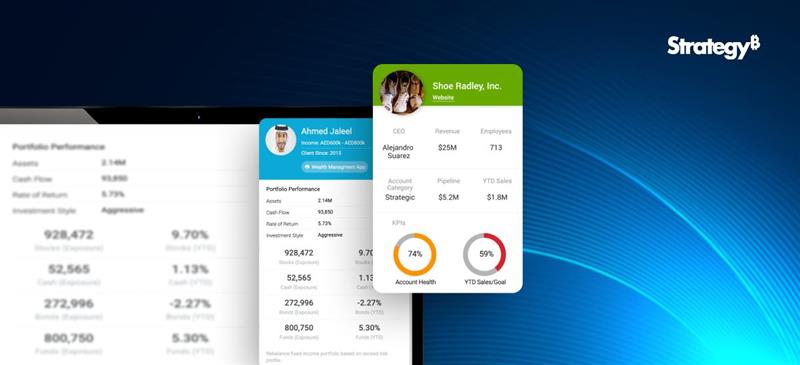What is a Data Catalog?
A centralized repository, Data Catalog, stores metadata about an organization’s data assets. It provides a single source of truth for an organization’s data, making it easier to discover, access, and manage. A data catalog is a directory that helps users navigate and understand the organization’s data landscape. Here are some of the key features of a data catalog.
• Managing metadata, including data descriptions and relations, about the data assets of an enterprise
• Enabling easy discovery and locating of data assets through a user-friendly interface
• Categorizing data assets based on criteria like confidentiality, sensitivity, etc.
• Supporting data lineage by providing information about data assets’ origin, movement, and transformation.
• Enhancing data governance by providing data stewardship, data quality management, and compliance management features.
• Facilitating integration with various data sources, including relational databases, cloud storage, and big data platforms.
Data Cataloging Best Practices for Effective Management
1. Start with a clear goal
Before implementing the data catalog, define the reasons you need. If you have clear goals, you can decide which data sources to prioritize, which features to enable, and how success is measured. The general goals are:
• Improving data coverage
• Enhancing data governance
• Enabling self-service analytics support
• Ensuring compliance with official compliance
• Promoting cooperation between teams
2. Focus only on the data that rely on catalogs
Avoid the temptation to catalog all the data you have. Instead, focus on high-quality data assets, reports, dashboards, and pipelines commonly or critically used in business processes. This keeps the catalogs manageable and relevant.
3. Automate metadata collections
Documenting manual data is time-consuming and error-prone. Record schedules, table relationships, data lines, and usage patterns directly from data sources using a data catalog tool with automated metadata harvesting. This will keep your catalog up to date with minimal manual effort.
4. Promote collaboration
Large data catalogs combine machine-generated metadata with human knowledge. To improve their value, data managers, analysts, and business users must:
• Add explanations and relevant business areas.
• Assess and label data assets (reliable, certified, etc.) while providing insights on how data records are used in your project.
• Share queries and analysis to enhance accessibility and understanding.
This collaborative approach transforms catalogs into dynamic, valuable resources rather than static inventories.
5. Define the database
Each data record must have a clear owner responsible for ensuring the data’s quality, documentation, and suitability. Data owners (often data managers or specialists) are key actors who can trust catalogs and keep them from date to date.
6. Define and implement governance guidelines
Data catalogs are about more than just discovering data. It is also a powerful tool that supports data governance. Strong governance practices help build trust in your data catalog and ensure it supports regulatory needs. The key governance measures include:
• Follow anyone with data, access, or modifications.
• Apply data classification (sensitive, published, internally).
• Enforce access control.
• Document compliance requirements (such as GDPR and HIPAA).
7. Enable easy and intuitive search for better data discovery
Data catalogs should work like a fast, intuitive, keyword-friendly search engine, enabling users to search for technical and business terms. Search results should show useful contexts (explanation, usage statistics, popularity). Filters and tags help narrow down your results easily. A user-friendly search experience drives acceptance and makes data coverage faster.
8. Monitor catalog consumption and commitment
Track how users interact with the data catalog to see what works and where there are gaps. Certain useful indicators include:
• Most terms were searched.
• Most of the data records considered
• Contribution rate (how often users add descriptions, reviews, or comments)
• User recruitment rate across all teams
This data helps continually improve the catalog and translate it into user requirements.
9. Review and organize regularly
Like other systems, data catalogs can become overcrowded over time. A clean and well-maintained catalog makes navigating easier and encourages more trust. Some best practices include:
• Setting up a regular catalog audit
• Archiving outdated or unused data records
• Delete duplicate entries
• Updating the old document
• Identifying data assets that new owners need
Unlocking the Power of Data Cataloging with Alation
An effective data catalog is not just a tool—it’s a foundation for a data-driven culture. By following these data cataloging best practices, organizations can transform their catalogs into trusted, collaborative resources that drive informed decision-making.
Alation, a leader in data intelligence, empowers businesses with an AI-driven data catalog that streamlines metadata management, enhances data governance, and fosters collaboration. Alation’s advanced capabilities include:
• Automated metadata harvesting
• AI-powered data discovery and recommendations
• Robust governance and compliance tools
• Self-service analytics enablement
Alation’s data catalog is designed to help organizations like yours build trust in data, enhance compliance, and improve decision-making efficiency.
Get Started with Alation and Beinex
In collaboration with Alation, Beinex helps businesses implement a modern data cataloging strategy, ensuring seamless integration and regulatory compliance. Whether you’re just starting or refining your existing catalog, our expertise can accelerate your data governance journey.
Connect with us for a free demo: www.beinex.com/beinex-alation




